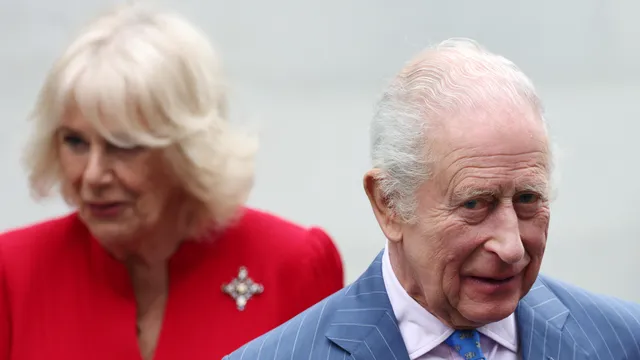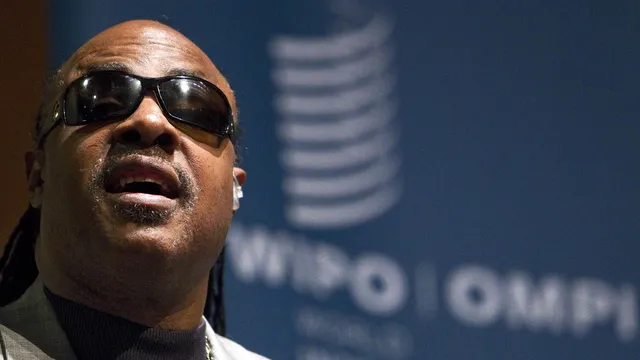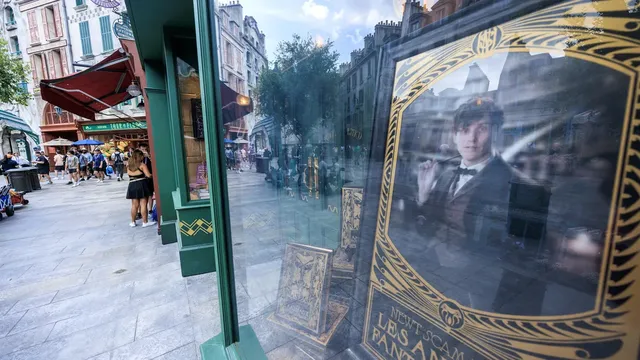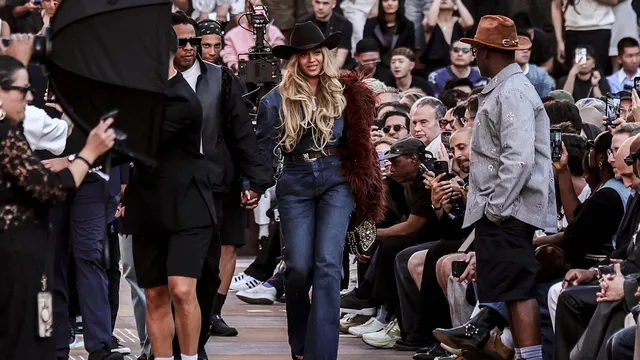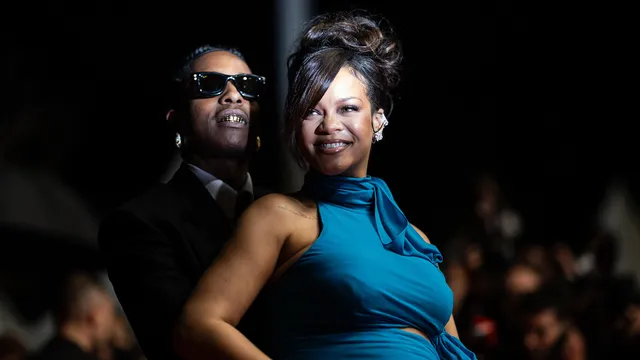If something happens while he is at his private estate in Gloucestershire, which holds a special place in his heart, there is a secret panic room on the first floor, lined with steel, where he can hide with his wife Queen Camilla with everything they need for an extended period of time.
According to Brian Hoare in the royal biography Not in Front of the Corgis: “If the rest of the house is destroyed, this room will remain intact on the ground floor.”
"The 6-by-6-meter room contains medical supplies and provisions. These include containers with Charles and Camilla's blood types, long-life food and drinks, a weapons cache, radio transmitters equipped to receive signals even through steel walls, air purifiers, and chemical toilets," he added.
King Charles purchased the property in 1980 and quickly showed it to his then-girlfriend Princess Diana, asking her for advice on the interior design.
Diana reportedly considered the request “rather inappropriate,” given that the two were not engaged until 1981. After the royal wedding, the former couple lived in the 9-bedroom, 6-bathroom house with their two sons, Prince William and Prince Harry.
It is believed that Charles and Camilla's main residence, Clarence House in London, also has a panic room, and Buckingham Palace has even more secrets.
A hidden door in the White Drawing Room at Buckingham Palace leads to the state apartments, underground tunnels that are rumored to connect Whitehall and Parliament, built during World War I, offer an incognito exit, and a hidden helipad allows the monarch's private helicopter to land.
Charles can similarly leave unnoticed if he is at Windsor Castle, thanks to a secret passageway in the castle.
In a BBC documentary, “The Queen's Palaces,” Fiona Bruce reveals a modest room in the 900-year-old building, saying, "This is an office hidden in a corner of Windsor Castle. But look here. Under the carpet, we find a wooden hatch leading to a secret tunnel. Like magic, just lift this up and the medieval castle appears," she adds. | BGNES

 Breaking news
Breaking news
 Europe
Europe
 Bulgaria
Bulgaria
